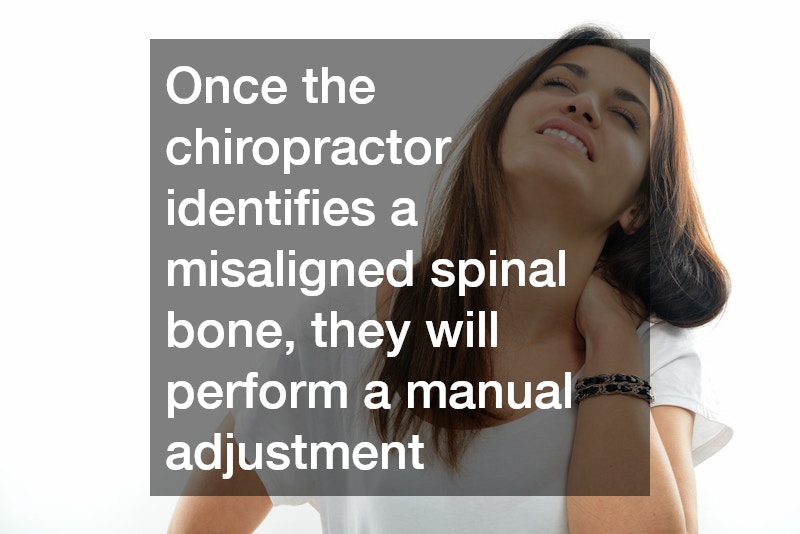

If you’re struggling with chronic back pain, it can negatively affect every aspect of your life. Many people who have been challenged by back pain have found relief by going to a chiropractic clinic. In contrast with traditional medicine, chiropractors base their treatments on holistic, medication-free treatments. Since our spinal bones surround our spinal cords, if any of those spinal bones become misaligned, it can result in pain and compromised mobility.
When a client comes to a chiropractor for help with back pain, the chiropractor will perform an examination to locate the origin of the client’s discomfort. Once the chiropractor identifies a misaligned spinal bone, they will perform a manual adjustment to achieve body realignment. After the spine has been realigned, the chiropractic team can demonstrate supportive exercises to assist the client in maintaining their optimal level of wellness.

In addition to manual adjustment, chiropractors can offer a variety of chiropractic modalities to help their clients feel relief. Treatments can range from hot and cold applications to laser therapy, depending on the client’s condition and medical history. Chiropractic clients often find surprising benefits of chiropractic care, including improvements in overall health and blood pressure.
Unfortunately, spine disorders are not uncommon. Spine disorders are prevalent throughout the United States, and these spine disorders can be linked to chronic pain in both the upper back and the lower back. In fact, nearly all adults in the United States will experience a significant degree of back pain at some point in their lives, and according to the National Institute of Neurological Disorders and Stroke, this back pain can often become chronic. Of the one and a half billion people who live with chronic pain in the United States, much of this pain can be attributed to spine disorders.
One of the most common spine disorders that can cause a considerable amount of chronic back pain is DDD, or Degenerative Disk Disease. Degenerative Disk Disease is considered to be fairly common, affecting as many as thirty percent of the population of adults between the ages of thirty and fifty. This disk degeneration is suffered in varying degrees by people all around the country.
Bulging disks are another common problem that can be attributed to spine disorders, and the vast majority of bulging disc cases occur in the lower back. However, the occurrence of a bulging disk is possible anywhere along the spine, from the cervical (upper back) to the lumbar (the lower back). Unfortunately, ten percent of these bulging disc cases will result in the requirement of surgery that can help to restore function and alleviate pain. This surgery is one method of treating spine disorders and is often called lumbar spinal fusion. Though lumbar spinal fusion is certainly not the only back surgery that can reduce the impact of spine disorders, it is one of the most common. Lumbar spinal fusion works by fusing together vertebrae in the lower back, preventing conditions like a disc bulge from occurring again after the completion of the surgery.
However, invasive spine surgery is not the only method of low back pain treatment. Another popular minimally invasive spine surgery is the implantation of stimulators, of which there are more than 50,000 neurostimulators implanted every year. These spinal stimulation devices have had proven success at pain treatment and management in the cases of many spine disorders, and spinal cord stimulation was effectively able to reduce the dependence on pain medication that many patients had developed, with more than sixty percent of patients receiving this treatment reporting a considerable reduction in pain levels.
From fusing lower back vertebrae to implanting a neurostimulator, there are many paths to take in order to reduce pain from spine disorders or other causes of chronic back pain, such as bulging discs. Seeking out a skilled doctor and surgeon is important to the success of your treatment, but hope is possible. Many people suffering from chronic back pain have been able to find long term relief in a variety of different treatments and many of these patients have even been able to reduce the number of medications that they take to manage their pain.